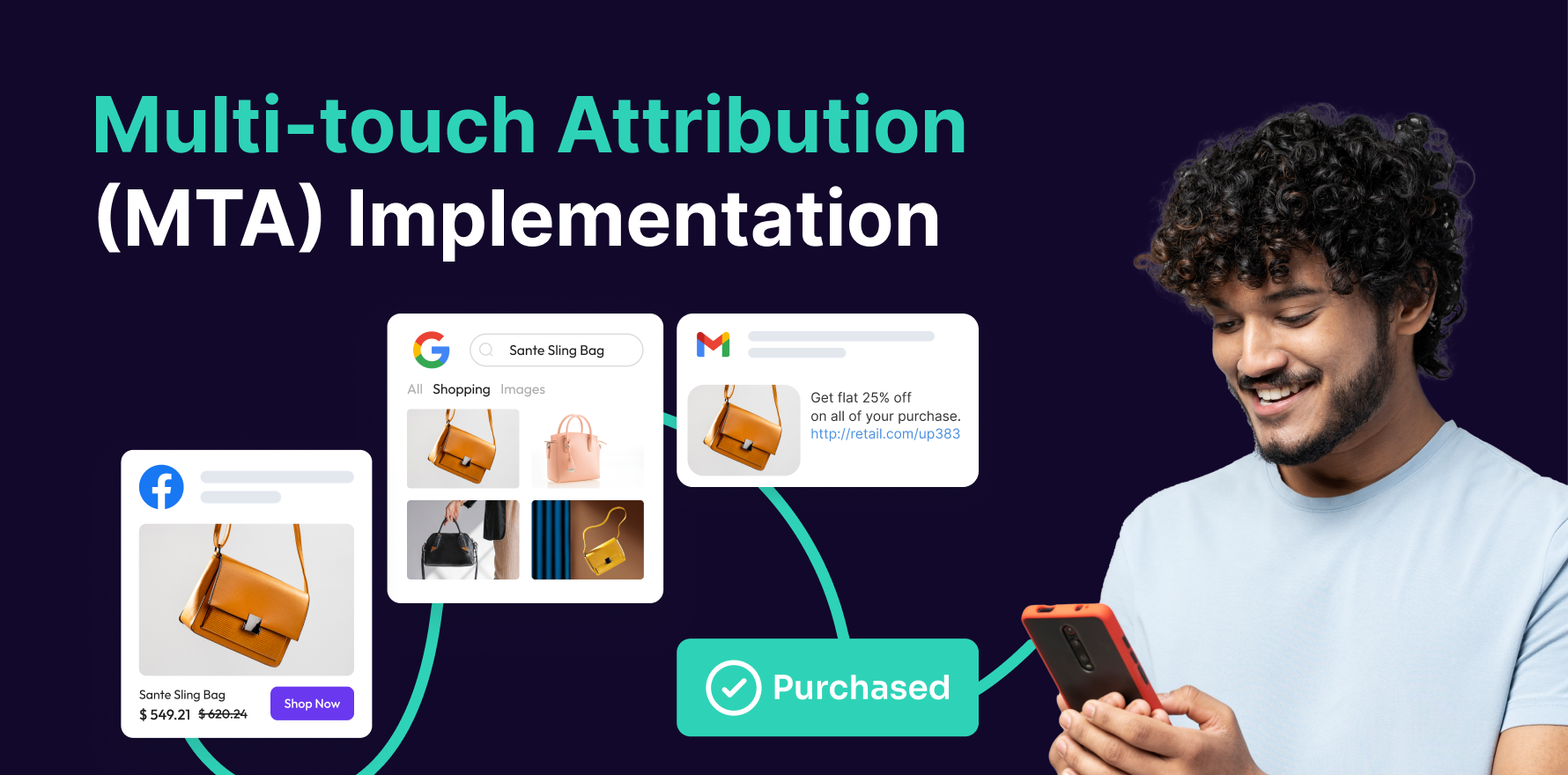What is First Party Data?
First Party Data refers to information that a company collects directly from its customers and prospects through their interactions with the company’s websites, apps, social media, emails, and other owned channels. This data includes behavioral, transactional, and demographic information that is highly valuable for understanding customer preferences and optimizing marketing strategies.
Formula
Example
It typically involves tracking user interactions and behaviors using tools like cookies, CRM systems, and analytics platforms. For example, an e-commerce company might collect data on customer purchases, website navigation patterns, and email click-through rates.
Why is First Party Data important?
First Party Data is crucial because it provides accurate, relevant, and proprietary insights into customer behaviors and preferences. Since it is collected directly from the source, it tends to be more reliable and precise than second or third-party data. This data allows businesses to create personalized marketing campaigns, improve customer experiences, and increase overall engagement and conversion rates.
Which factors impact First Party Data?
Several factors can influence the quality and utility of First Party Data, including the methods of data collection, user consent, data accuracy, and the company’s ability to analyze and act on the insights. Ensuring transparency and compliance with privacy regulations such as GDPR and CCPA is also vital for maintaining user trust and data integrity.
How can First Party Data be improved?
To improve the effectiveness of First Party Data, businesses should focus on enhancing their data collection methods, integrating data across different platforms, and investing in advanced analytics tools to extract actionable insights. Regularly updating and cleaning the data can also help maintain its accuracy and relevance.
What is First Party Data’s relationship with other metrics?
First Party Data is closely related to metrics like Customer Lifetime Value (CLV), Conversion Rate, and Customer Retention Rate. While CLV measures the total revenue a customer generates over their lifetime, Conversion Rate indicates the percentage of visitors who complete a desired action, and Customer Retention Rate tracks the percentage of customers who continue to engage with the brand over time.
Free essential resources for success
Discover more from Lifesight
















